Some tricks are fun, and some are practical, to me? Practical first, but you definitely need to have fun with it too!
I’m going to run through 3 critical practical tricks or cues that your puppy needs to know, and then 2 that are fun (because no matter how phenomenal your Sit is, it’s never going to break hearts at a family picnic, is it?). So, I’ve thrown in a couple of fun tricks to keep you and puppy having a blast throughout.
So, C’mon then! Let’s roll out the tricks!
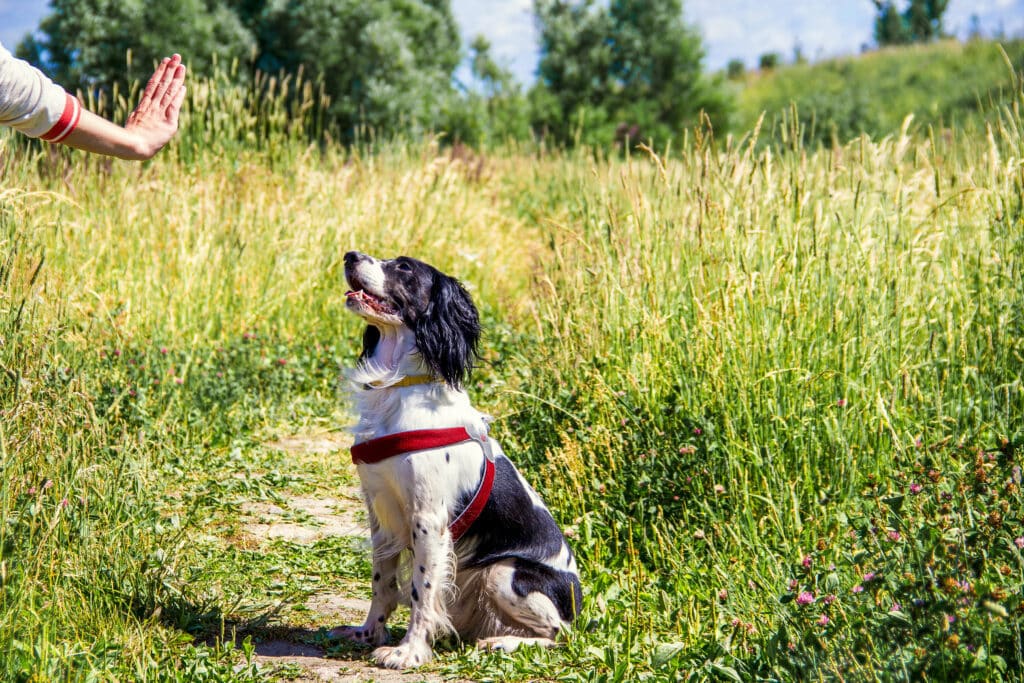
Sit
Sit is a basic one, but it’s a very important one, but a great sit can take the place of a stay, a settle, emergency stops, and mitigate a whole bunch of behaviours like jumping up before they even start.
This one usually starts by luring your dog’s head upwards with a treat because as their heads go up their bums tend to go down.
Praise and reward for achieving it (or steps towards it) and keep advancing that by adding in new challenges. Changing the duration you expect the sit for, changing the distance between you and puppy when you give the cue, or after you give the cue, and even by adding in distraction, like doing it in a busy park, or by a road, or when someone new walks into your home!
Slowly working up Distance, Duration and Distraction will help you to make sure that this sit will work anywhere and everywhere, for everything.
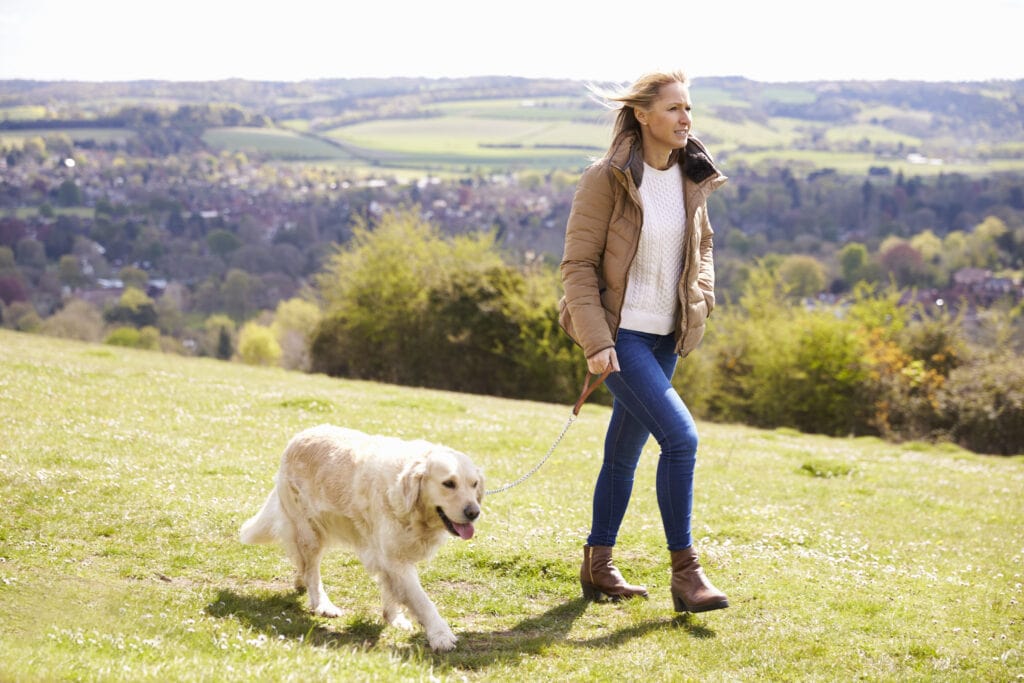
Loose Lead
This is best done with a harness and a flat lead (no retractables please!) and you can begin by coaxing pup to your side, and praise and reward for being there. Initially, start in a low distraction environment (like we were talking about in Sit) and walk with a treat in your hand slightly in front of puppy’s nose. Praise quickly and reward often for this stage.
Build up the time spent on a loose lead even if it’s a step at a time.
If pup begins to pull ahead? Stop, stand still and wait for them to pay attention. Praise for their attention returning to you, and coax them back to you.
Repeat the process lots and lots and again, change up your expectations depending on successes, vary Distance, Distraction & Duration to increase the challenge.
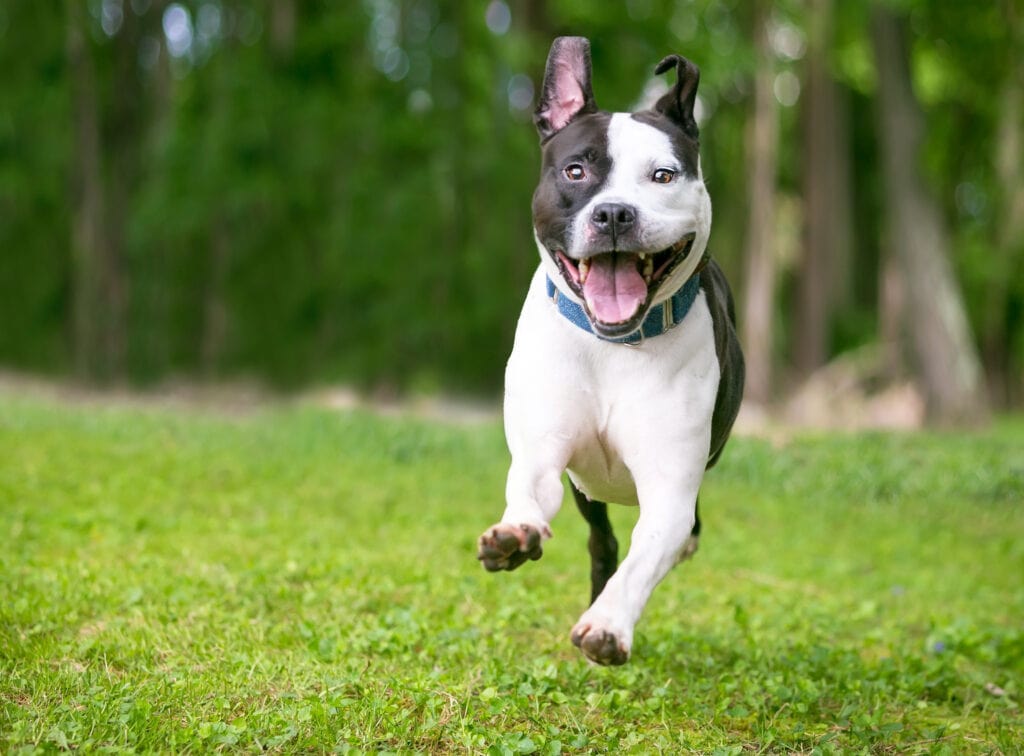
Recall
Recall is started with a long line (like a horse lunge line) and a harness (never a collar!).
You start by letting puppy walk away from you a little, and excitedly calling them back. Normally, they’ll respond quite quickly with a short distance, and you can praise and reward them.
The more you practice the stronger this will get. Slowly increase the distance you give them with the long line, and practice that recall in lots of environments.
When you feel confident (and not before! Because you are the best judge of your dogs ability, if you feel it’s too soon, it almost certainly is) then allow the long line to trail on the floor, and keep practising (if they decide not to listen, don’t grab for the line, just step on it!).
As this consistently goes well? It may be time to take the long line off entirely and see your successfully recalling puppy enjoy the world around them! (Responsibly though please! Remember there are laws to consider too).
(Need more help with recall? Here’s the full instructions!)
Remember! High Value Treats can work wonders, but not all dogs are motivated by treats. Don’t forget toys!
Spin
As a more fun one? You can do spin. Spin is really fun to show off to friends and family and always amps up the cute factor.
To start stand in front of your dog, treats at the ready. Lure them in a circle with the treat, and when they get back to facing you? Praise and reward.
Repeat this a few times so they start to understand exactly what the cue means.
Then, begin to increase the distance between your dog and the lured treat (you can us upwards to create this distance!) and slowly turn the lure into a gesture or just a verbal cue.
Remember Spin should be one direction only! I use Spin and Backwards for clock and anti-clockwise, but get inventive!
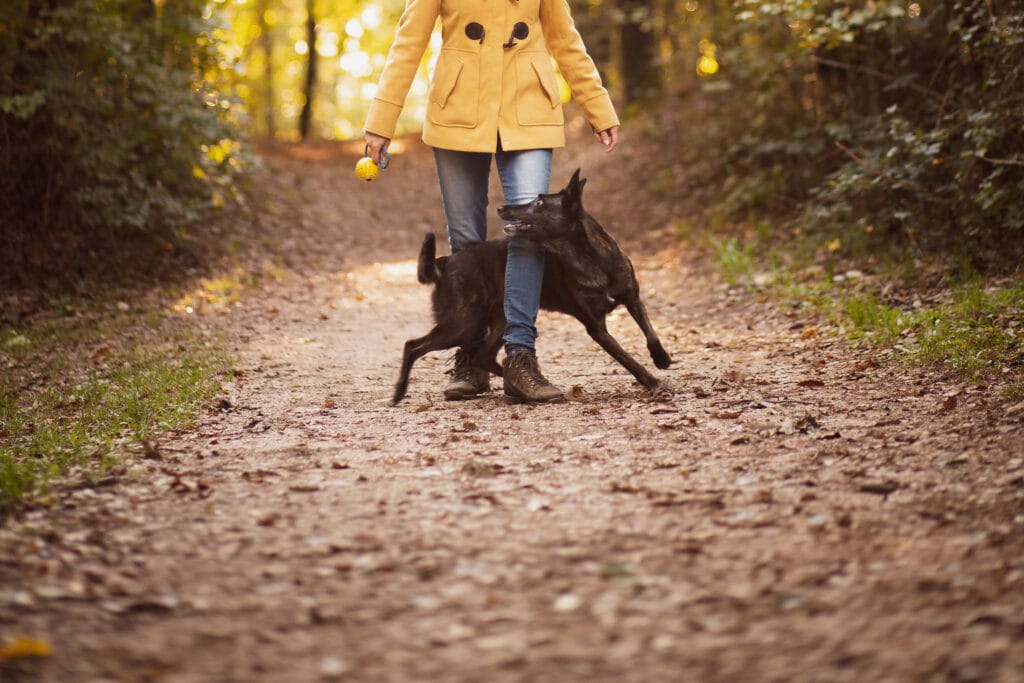
Leg Weave
Leg weaves are really fun, even if you have a big dog and not long legs (my advice here is to go slow!). Step forwards with one foot, and lure your puppy through your legs, using your cue as you do – I use Through (cues should be simple and one word as much as possible). Praise and reward when they reach the other side.
Then, take another step forwards (big steps to start! Make it really easy) and ask for a through, and lure again to see your dog start to weave through your legs. Slowly build on your speed and fade the reward out from every leg to every second, or third, and soon you and fido will be doing leg weaves down the hallway or through the garden!
Tricks Are More Than Just Fun!
Tricks aren’t just for fun, they’re great bonding exercises, enrichment exercises and help to keep them stimulated. Because it takes more than just exercise to make your puppy happy.
It’s such a wonderful experience for you both and everyone loves to get told they’re good or doing great.

Author, Ali Smith
Ali Smith is a professional, qualified, and multi-award winning trainer is the founder of rebarkable. She has always believed animals deserve kindness and champions force free methods. Believing that dog guardians will all choose the kindest options if proper information is provided, she aims to help all dog guardians who need it and make dog training as accessible as possible
Ali lives win Maryland, US with her husband and her three dogs.

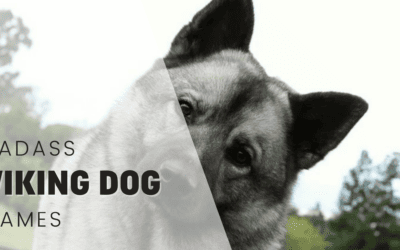

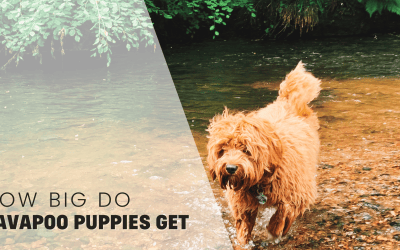
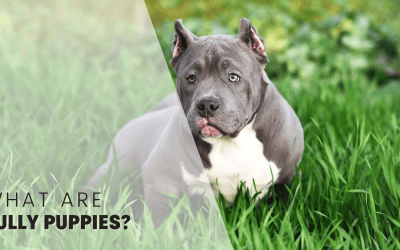
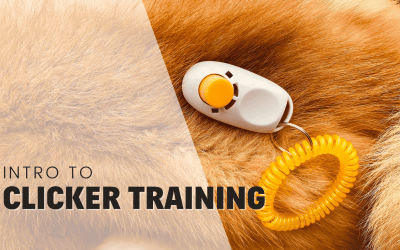
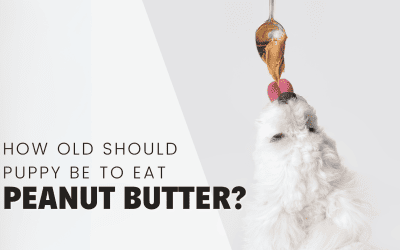
0 Comments